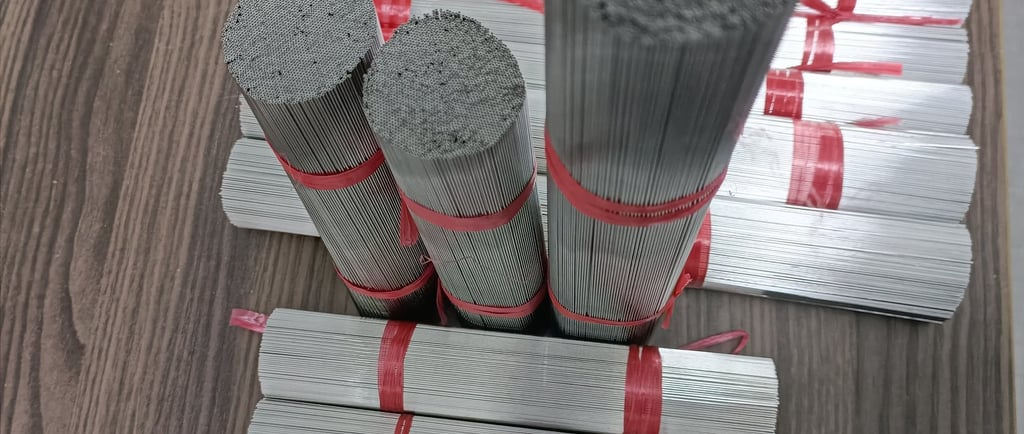Understanding the Dynamics of Insulated Glass: Pressure Differences and Installation Challenges
3/13/2025


Introduction to Insulated Glass
Insulated glass units (IGUs) are critical components in modern architecture, providing energy efficiency and comfort. Typically, the production and installation of insulated glass occur within the same latitude range, ensuring optimal performance under similar atmospheric conditions. However, challenges arise when these units are produced at lower latitudes and installed at higher elevations. Understanding these dynamics is essential for addressing potential issues that may occur during and after installation.
The Significance of Air Pressure Equilibrium
One key principle in the functionality of insulated glass is the equilibrium of air pressure. Under normal circumstances, the air pressure inside the double glazed units is equal to the external atmospheric pressure, allowing for standard operating conditions. Nevertheless, this equilibrium can be disrupted when insulated glass made at lower altitudes, such as sea level, is transported to higher elevations. The disparity in elevation creates conditions where the internal pressure does not match the external pressure appropriately.
Challenges Faced During Installation
When insulated glass units experience a difference in pressure during installation, several adverse effects may occur. For instance, the glass panels may appear to deflect outward or become visually deformed. In some extreme cases, the units may even burst due to the inability to withstand the pressure differential. This phenomenon can be attributed to the incorrect assumption that internal pressure mirrors that of the external pressure across differing altitudes.
To mitigate such issues, it is crucial to evaluate the characteristics of insulated glass prior to installation. Manufacturing practices that anticipate these variances can lead to better adaptations, improving resilience against pressure fluctuations. Conversely, installation teams should also be educated about these challenges, refining their techniques depending on the geographical context.
Overall, the understanding of pressure dynamics is invaluable in ensuring the integrity and longevity of insulated glass units, reducing the risk of visual deformities and failures. As the demand for energy-efficient solutions grows, recognizing these principles will play an essential role in advancing the quality and durability of insulation technologies.